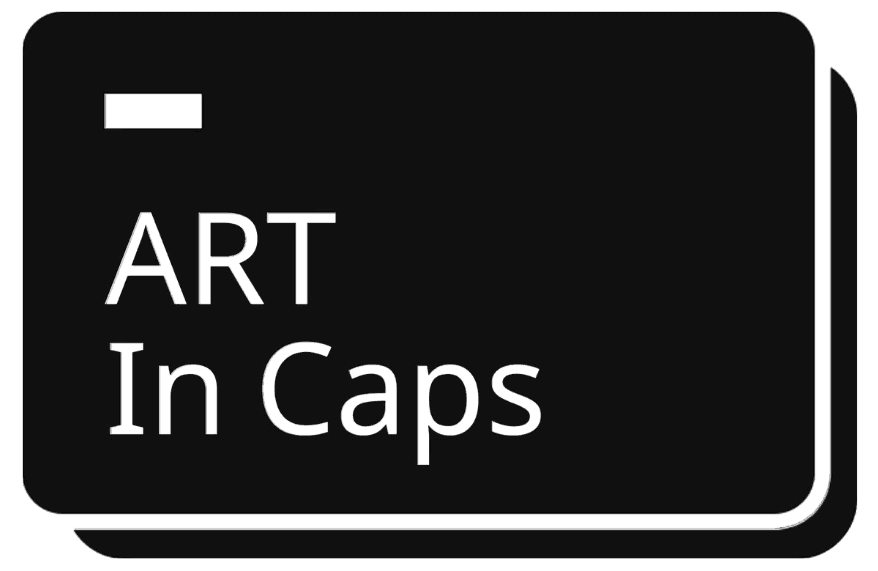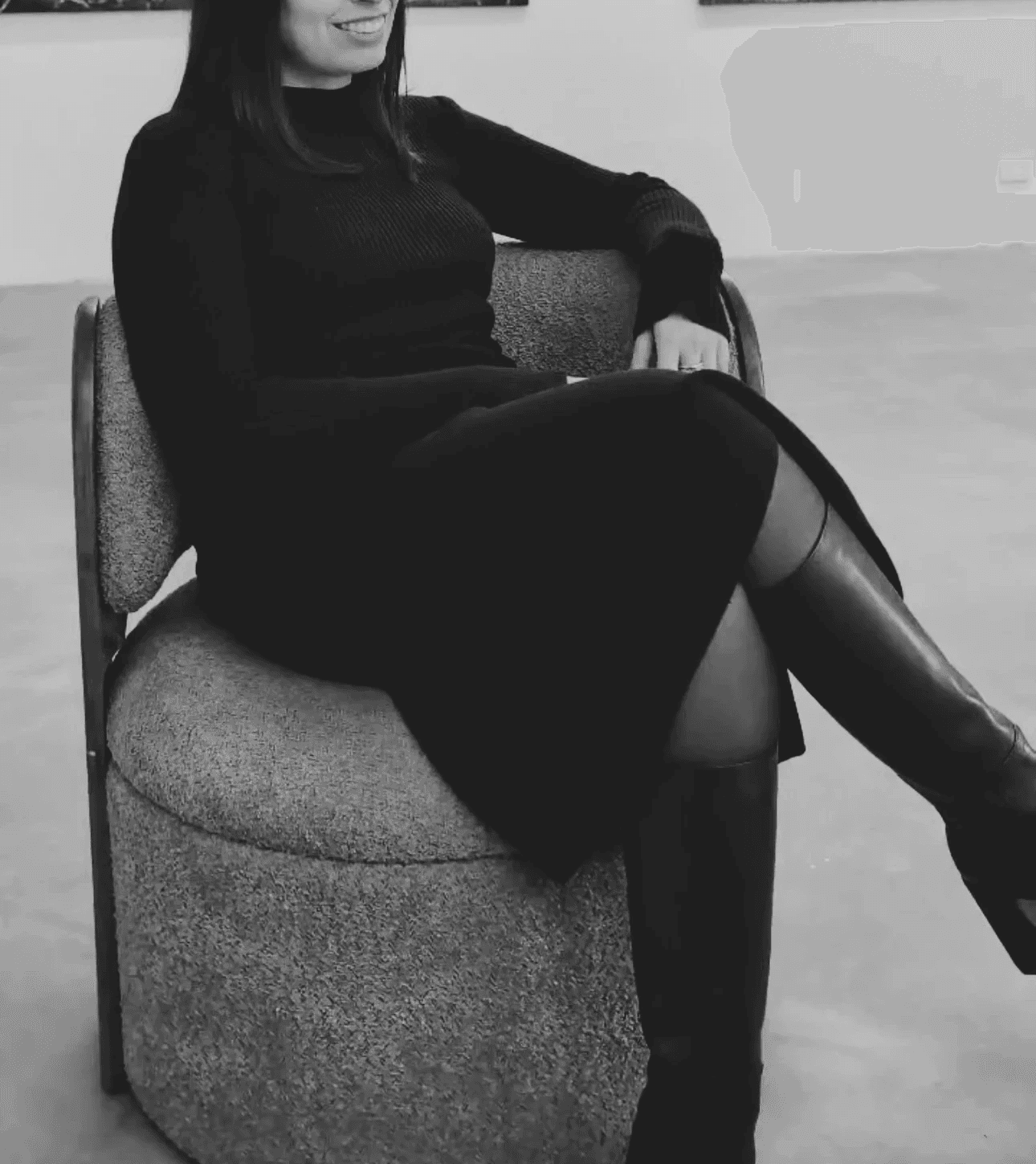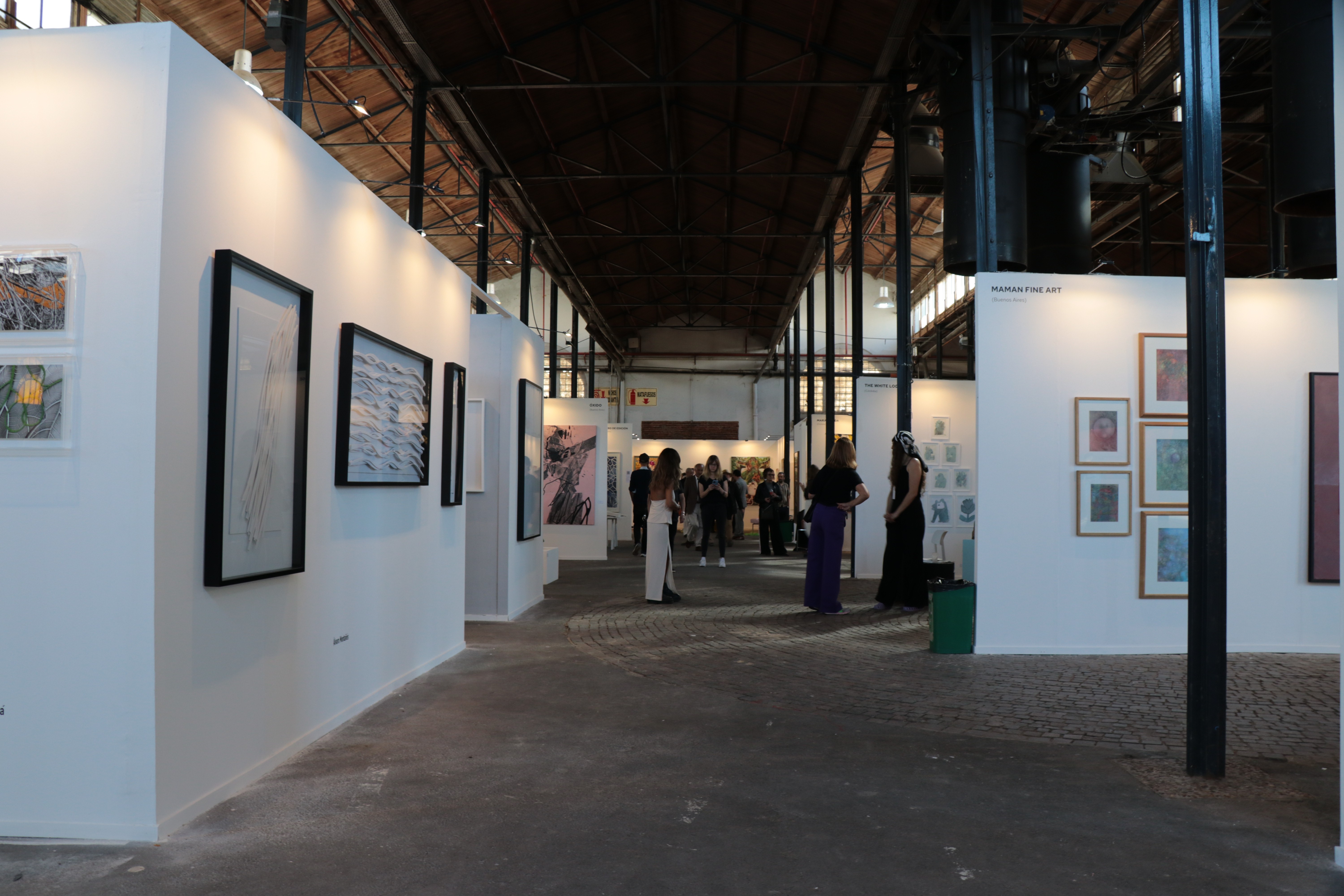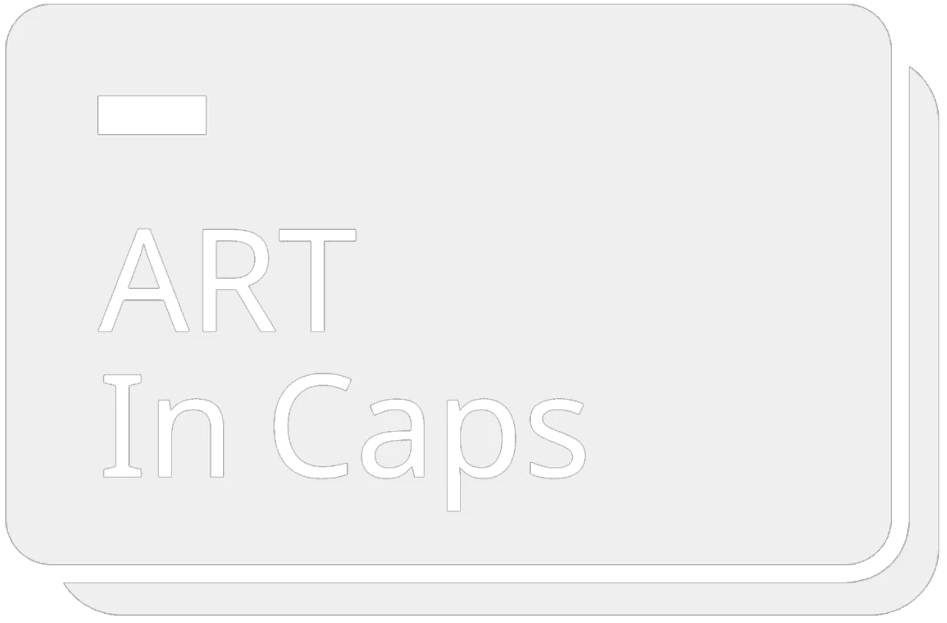By Julieta Ogando
Marcela Magno
Borges Cultural Center
Jun 26, 2024
In an era where technology and the exploitation of natural resources set the pace for human evolution, the work of Marcela Magno emerges as a reflective mirror of our practices and their consequences. Her recent exhibition, curated by Gabriel Valansi, served as a privileged window into the heart of the Anthropocene, inviting us to reconsider our relationship with the land through a satellite lens.
Magno invites us to adopt a celestial perspective, floating above the terrestrial landscapes. Her work satisfies that need to rise and observe from above, allowing us to experience a form of omnipresence through her detailed and vast cartographic representations. This desire to float, to be omnipresent, manifests in the precision and depth of her images, which provide us with a vision of the earth transformed by human hands.
From the very first moment, the large works stripped of accessories to support them in a horizontal configuration evoke the three-dimensionality of cartography, creating a dizzying and immersive sensory experience. By presenting areas of oil and precious metals, these pieces pull us toward a more intimate connection with the exploited landscapes, highlighting their rawness and immediacy.
The works that represent agricultural areas stand out for their incredible level of detail, showing how central pivot irrigation systems transform arid landscapes into fertile fields. The resolution of the images reveals the zigzagging patterns of agricultural machinery, narrating a story of human intervention and technology. This revolutionary system not only maximizes food production without expanding fertile territories but also represents a response to the scarcity of naturally fertile land. It is a poetic testimony of human capacity to adapt and transform, though not without complex ecological and social implications.
One of the most intriguing pieces of the exhibition is the book Land [1] Oil, which was on display. This book is the first volume of a series in progress aimed at producing an atlas of the contemporary world made with satellite images of areas of natural resource extraction and energy use. The images that compose the project were manually assembled from Google Earth satellite map captures, printed on a large scale and high definition. The fronts of each sheet contain maps of the most significant oil extraction areas in the world. Each sheet is printed on the back with a segment of the map of the Eagle Ford oil region in Texas. The pages encourage the reader to create a large map to hang on the wall. This participatory approach emphasizes Magno's intent to engage the public in the process of understanding and reinterpreting our environment, transforming the work into a platform to explore the dynamics of exploitation and territorial representation.
Gabriel Valansi organizes a series of pieces where nothing was left to chance. His curation redefines the works, configuring and articulating them to give them a new layer of meaning. Although created for this exhibition, the pieces seem to form a new cartography. Grouped by type of exploitation, these works expose the landscapes resulting from human activity, creating a visual narrative about territorial transformation. In this context, the floating map that seems to fly across the room, located at the other end of the room, becomes a symbol of lands for sale and the inevitable fate of their exploitation.
Magno's work also invites us to reflect on the evolution of cartography and photography. It highlights how photography, from its inception, has been a crucial tool for knowledge and representation of the world. The transition from 2D representations to three-dimensional satellite images shows a technological progress that has democratized access to global vision, transforming us into omniscient observers of our planet.
The arrangement of the pieces and the visual narrative that emerges from them speak of a political and critical vision. It is impossible to ignore the implications of territorial exploitation and the surveillance technology that allows corporations and governments to map and control vast expanses of land. Behind every satellite image lies a story of power and domination.
As we immerse ourselves in the exhibition, we face an essential question: How do satellites form these images? This question leads us to explore and question the technical process behind the satellite images we consume daily. Satellites orbit the Earth, capturing thousands of photographs from different angles. However, what we see is not a direct and pure representation of reality, but a complex and elaborated construction.
To form a coherent and detailed image, satellites must combine multiple photographs taken at different times and from various perspectives. This process involves several technical steps and advanced algorithms. The capture of images through optical and radar sensors, the correction of distortions, the combination of images into a continuous mosaic, and the adjustment of colors and textures result in a satellite image that appears to be an accurate and true representation of the Earth's surface. However, in reality, it is a combination of thousands of fragments that form a kind of digital collage.
The apparent precision and clarity of these images lead us to trust them as faithful representations of reality. However, it is crucial to question the truth status of these images. Since they are technological constructions and not direct captures, to what extent do they reflect objective reality? What elements are lost or altered in the process of creating these images? Satellite images, while impressive and useful, are the product of technical decisions and algorithms that filter and reinterpret the original data, presenting us with an idealized and manipulated version of the world.
Marcela Magno's work invites us to reflect on these issues. By combining her interest in technology with a profound awareness of the political and social implications of territorial exploitation, Magno offers us a critical and multifaceted vision of our world. She challenges us to look beyond the surface and to question the narratives of truth that we take for granted. Ultimately, her work reminds us that technology, as powerful as it may be, cannot replace the need for a critical and conscious understanding of our relationship with the planet.
Marcela Magno provides us with a critical and detailed view of the interaction between technology, territorial exploitation, and artistic representation. The works not only capture the essence of the Anthropocene but also invite the viewer to reflect on the role of technology in our understanding of the world. Through her detailed and prolific production, Magno leaves us with a crucial question: how will our relationship with the planet evolve as our tools for representing it become ever more sophisticated?









